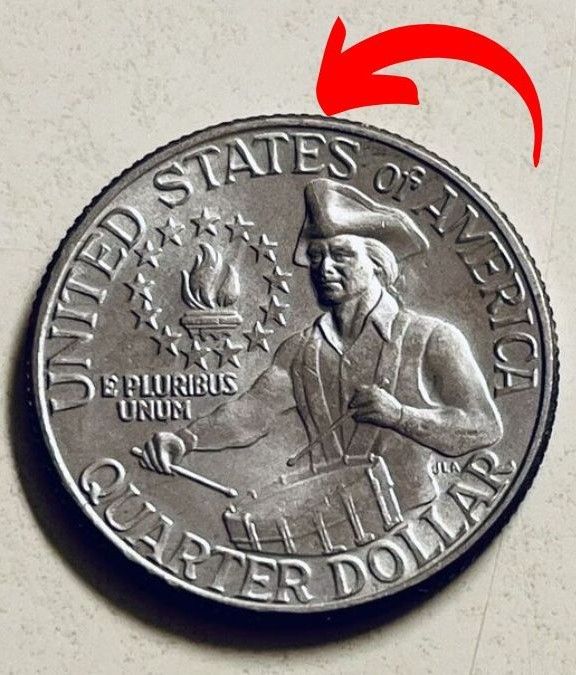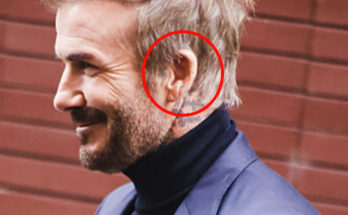
The Bicentennial Quarter was introduced in 1976 by the U.S. Mint to celebrate 200 years of American independence. Unlike regular quarters, this special coin has a Colonial drummer on the back and a torch surrounded by 13 stars, which represent the original 13 colonies. On the front, it still shows George Washington, but the date is unique—it reads “1776-1976”.
Millions of these coins were made and used in everyday transactions, but only a few rare versions are worth a fortune.
Why Is One Bicentennial Quarter Worth $100 Million?
Most Bicentennial Quarters are still worth just 25 cents, but one rare version is believed to be worth up to $100 million. This incredible value comes from a few special features:
- Made with silver: Some rare quarters were mistakenly struck on a 90% silver planchet instead of the usual copper-nickel.
- Minting errors: Coins with flaws like double stamping or off-center designs are considered very rare.
- Uncirculated condition: Coins that were never used and kept in perfect shape hold more value.
- Historical importance: Since it marks 200 years of independence, it has strong historical value.
When all these factors are combined—rare material, perfect condition, and minting mistakes—coin collectors may be willing to pay an unbelievable price.
Coin experts often say it’s like a modern-day treasure hunt. Anyone could find one of these rare coins if they take the time to look closely.
How to Identify a Rare Bicentennial Quarter
If you want to check whether you have one of these valuable coins, here’s what to look for:
- Date: It should say “1776-1976” on the front.
- Design: Look for the Colonial drummer on the back.
- Mint mark: Some rare versions may have an “S” (San Francisco Mint), or no mint mark at all.
- Material: Silver coins are usually shinier and heavier than normal ones.
- Condition: If the coin is clean, shiny, and looks unused, it may be uncirculated or proof, which adds to its value.
- Error signs: Watch for any unusual features like double stamping, blurred images, or off-center designs.
If you think you might have a rare coin, it’s best to have it checked by a professional coin appraiser.
Coin Collecting Is Gaining Popularity
Thanks to stories like this, more people are getting interested in coin collecting. It’s a fun hobby that can also be educational and profitable. Many rare coins have sold for thousands or even millions of dollars at online auctions and coin shows. Social media and collector communities have also made it easier to learn and connect with other hobbyists.
Even if you don’t find a million-dollar coin, the joy of collecting and discovering history through coins is rewarding on its own.
Final Thoughts
The story of the $100 million Bicentennial Quarter shows us that sometimes big treasures come in small forms. The next time you get change at the store, take a second look—you might be holding a rare and valuable piece of history without even knowing it.
Disclaimer: The value of coins mentioned in this article is based on market trends and collector interest, and is not guaranteed. Always consult a professional appraiser for accurate valuation.


